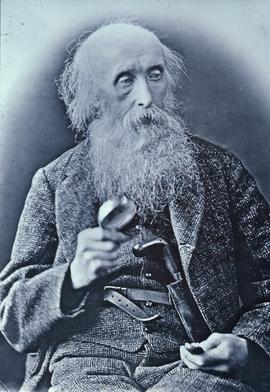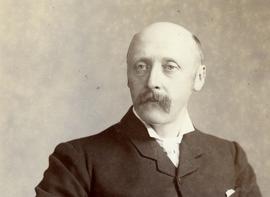- Q313067; GB/NNAF/P138197
- Persoon
- 1749-1819
Born Edinburgh 1749; died Edinburgh 1819.
Daniel Rutherford (the uncle of Sir Walter Scott) graduated MA from the University of Edinburgh and obtained his MD in 1772 where his inaugural dissertation on ‘mephitic air’ (carbonic acid) established the distinction between carbon dioxide and nitrogen. Though the latter was not named, Rutherford came to be regarded as the discoverer of nitrogen. After travelling in Europe Rutherford returned to Edinburgh in 1775, becoming a fellow of the Royal College of Physicians in 1777. In 1786 he succeeded John Hope as professor of medicine and botany at the university and Keeper of the Royal Botanic Garden and King’s Botanist. His interest in botany was limited to the use of plants as objects in chemical experiments and his teaching courses poorly reviewed. Rutherford held office as Regius Keeper at the Garden for 33 years during which time he was assisted by a succession of six Principal Gardeners. In addition to this role, he was elected physician in ordinary to The Royal Infirmary in 1791, fellow of the Philosophical (afterwards Royal) Society of Edinburgh in 1788 and of the Linnean Society in 1796. Not highly regarded as an academic, his publications were few and sometimes considered to be highly derivative.
Sources: Dictionary of National Biography; HR Fletcher and WH Brown ‘The Royal Botanic Garden Edinburgh 1670-1970’; (Deni Bown, ‘4 Gardens in One’); (R. Desmond ‘Dictionary of British and Irish Botanists and Horticulturalists)
D.W.



